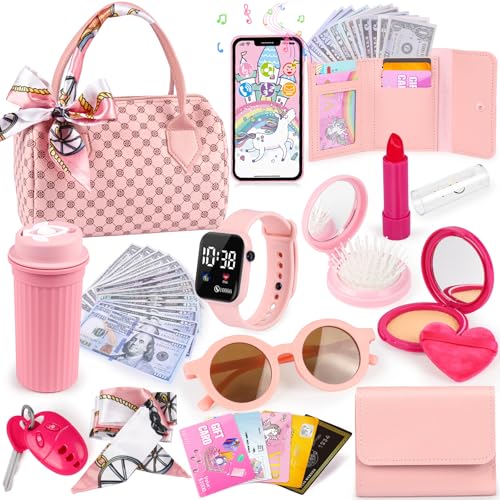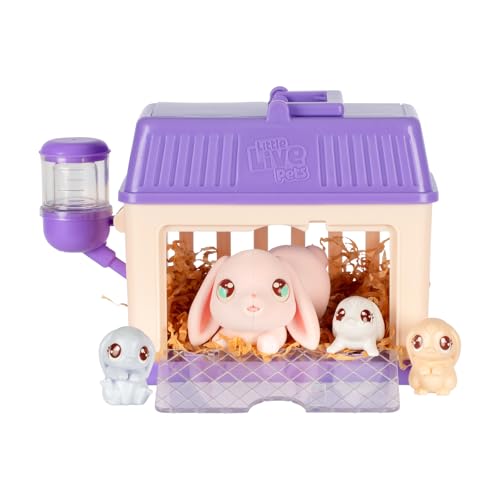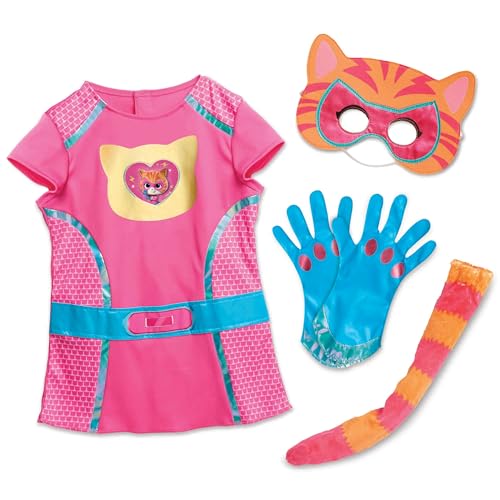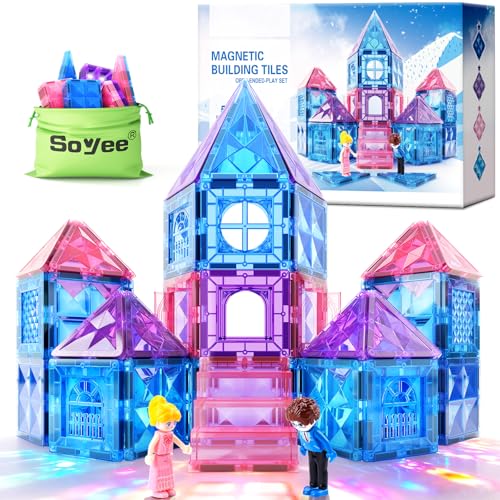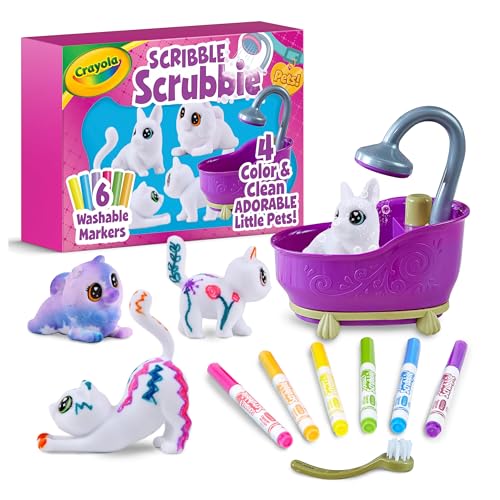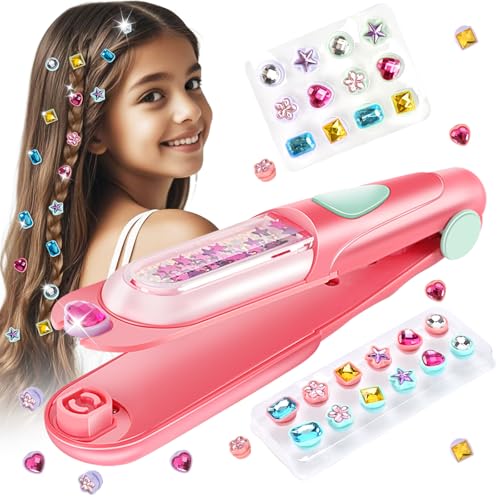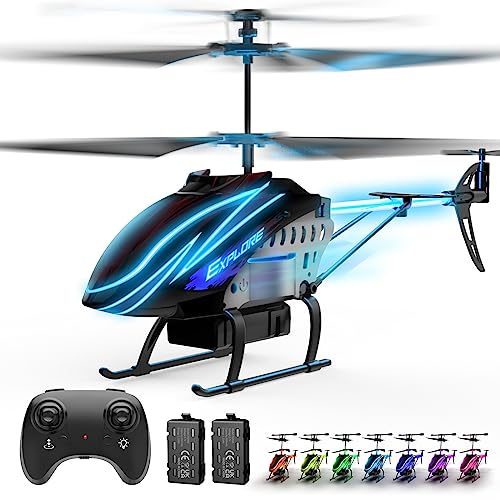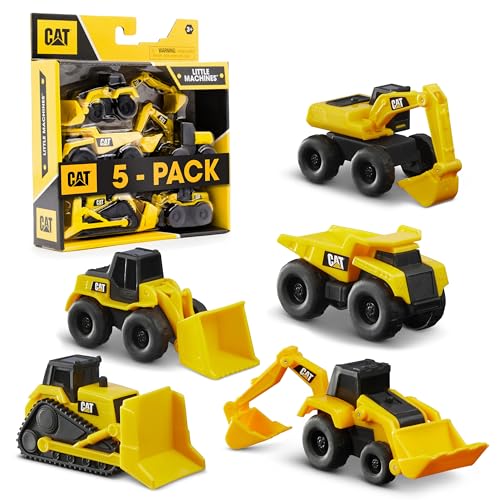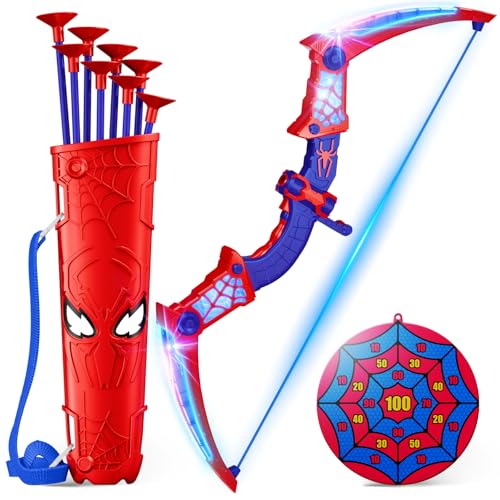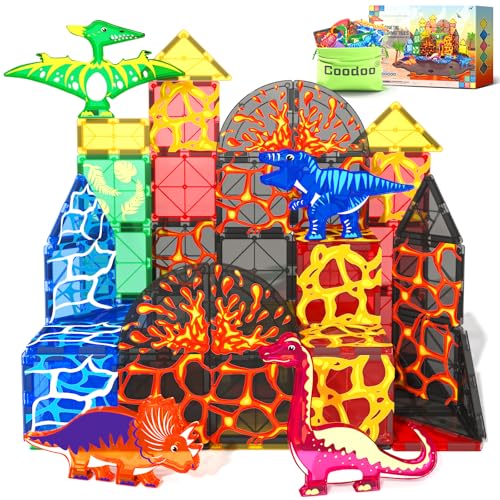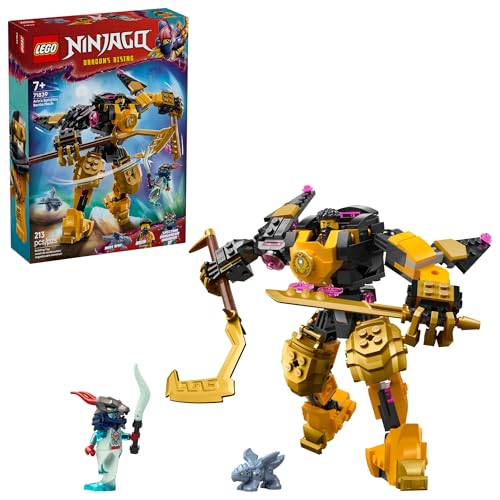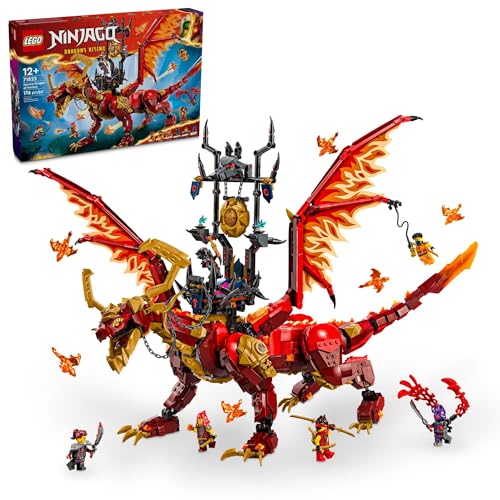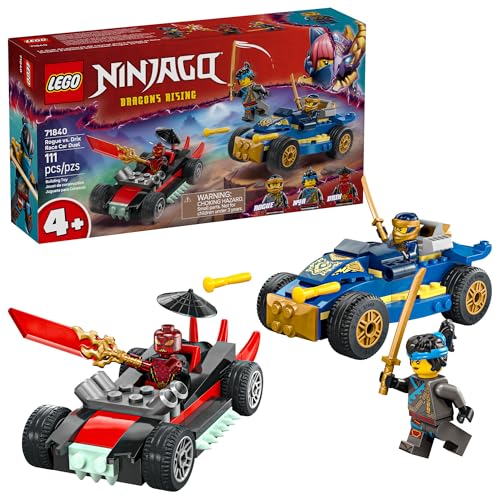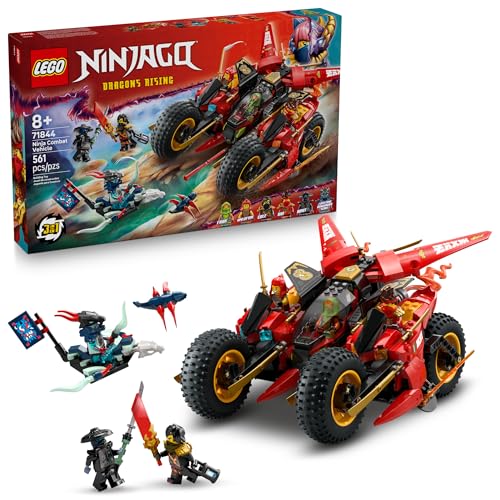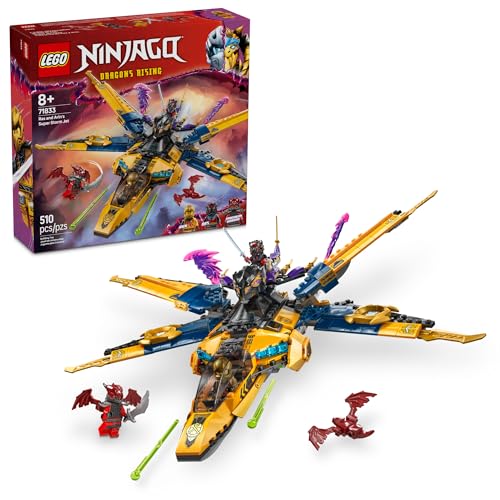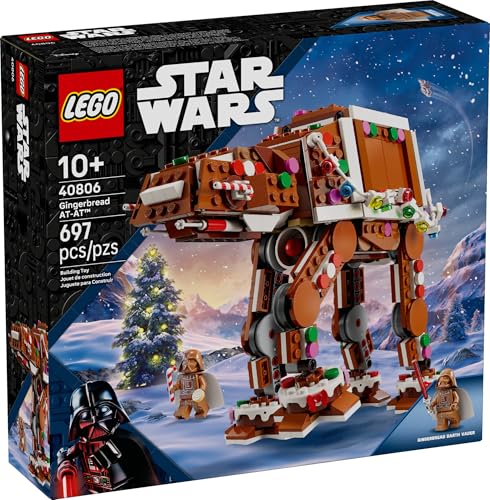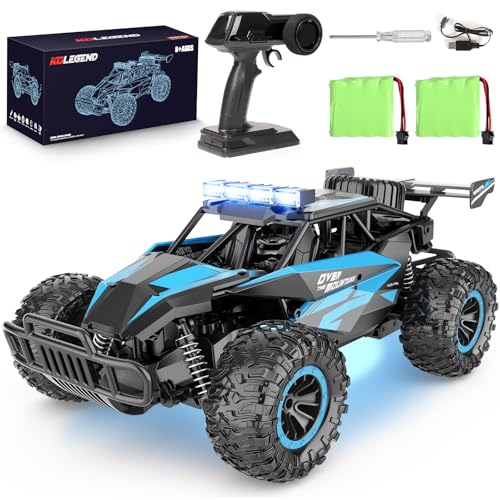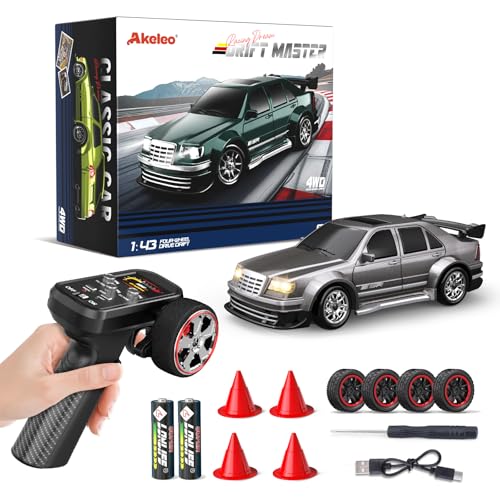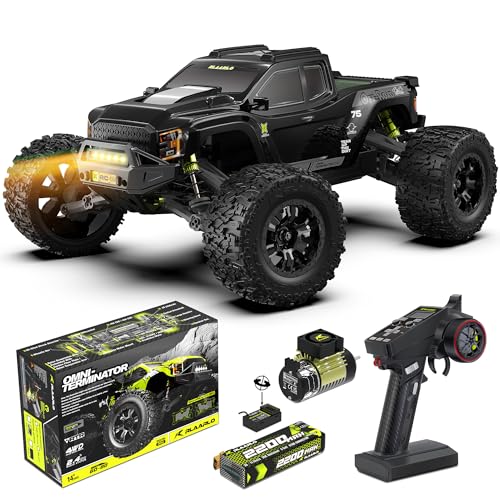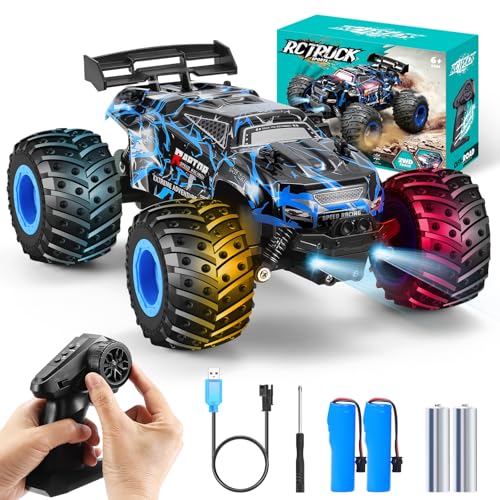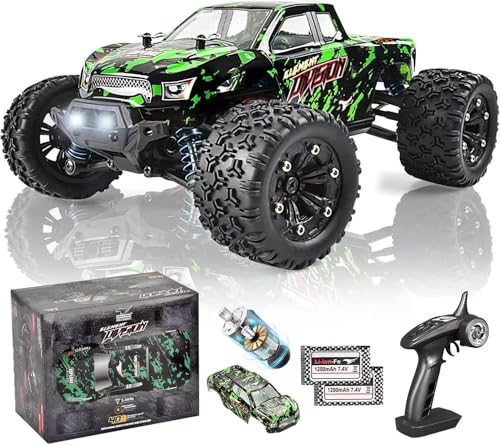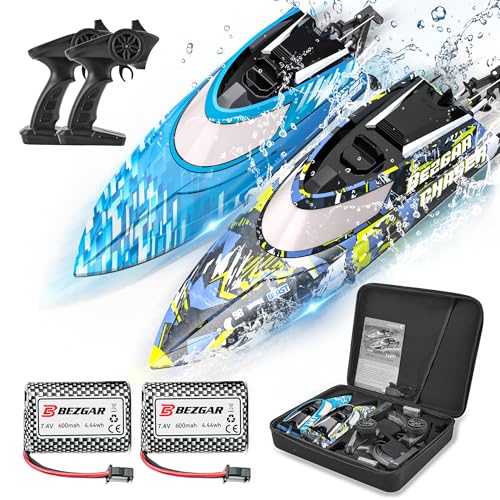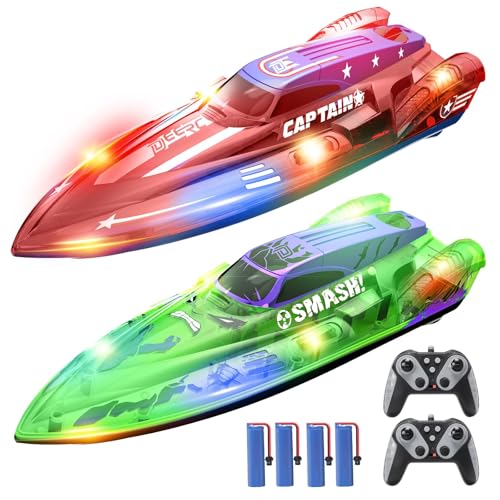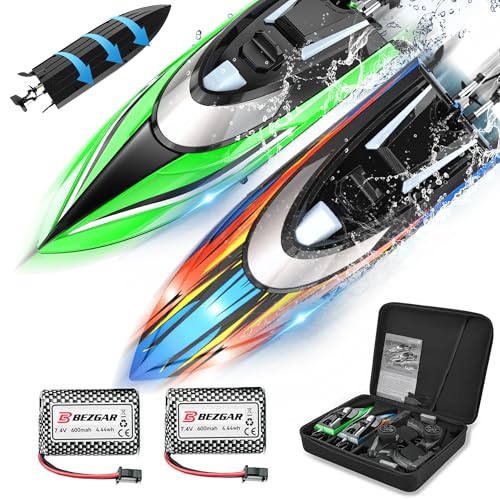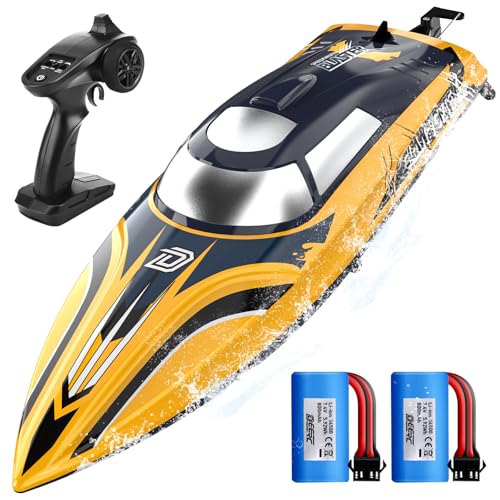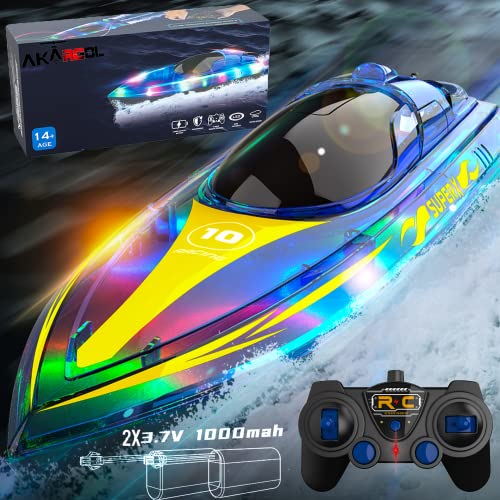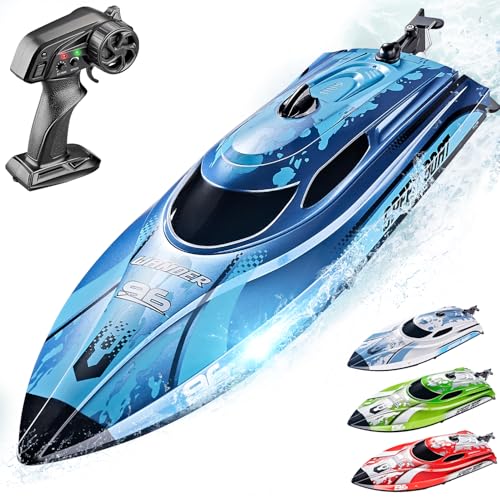Our toy guide for big and small children
A child’s little head works like a sponge, absorbing everything that happens in its environment. In fact, a 3-year-old child has an estimated twice as many nerve connections in the brain as an adult, and they want to be fed. At this stage of life, external stimuli determine which of these connections will persist and strengthen and which will atrophy.No wonder, then, that the child’s environment has a massive impact on social, motor and cognitive development. In this sensitive phase of life, children can thus be massively influenced by external factors. The right and wise selection of toys thus sets the course for the best possible development of your child. Although there are approximate age specifications for each toy, these serve primarily as a rough guide. For optimal support, it is important to assess the individual developmental stage and match the toy offered to it. Of course, the fun of playing is always in the foreground, because children also learn most effectively when they have fun doing it.
From baby to toddler – developmental milestones
In the first 3 years of life, children complete incredible developmental steps in a very short time. They learn to perceive, differentiate and interact with their environment. They learn to distinguish colors, shapes, sounds and tones and are eventually able to describe their environment in their own words. They develop their motor skills not only with the ability to walk or turn a somersault, but above all improve their fine motor skills and dexterity in handling smaller and smaller objects. On a cognitive level, young children learn the first principles of cause and effect and playfully train their logic and planning skills. On a psychosocial level, they experience different emotions and learn how to deal with them. They increase their social skills through play and gradually learn how to deal with the emotions of others.To accompany this eventful first phase of life with toys that are perfectly suited to your child, we offer a wide range of different products. Especially discover & be active is the focus here. Whether pedagogically sophisticated Montessori material, marble run, bouncy animal, rocking horse, building blocks or motor cubes, the selection seems overwhelming. Especially popular are also first vehicles, with which the little ones experience their first points of contact with machines and technology. When making your decision, you should, as far as possible, be guided by your child’s interests. Does your child have a strong urge to move, or does he or she love sorting or fiddling around? You should also find a healthy balance in the variety of individual play activities. Sometimes less is more. To avoid overstimulation, it is therefore advisable to focus on quality rather than quantity. Cuddly toys offer your child a haven of peace and security in a turbulent world.
Kindergarten and preschool child – on the way to school time
Children between the ages of 3 and 6 are extremely inquisitive. They are constantly expanding their vocabulary, developing an initial understanding of numbers, understanding increasingly complex relationships and improving their logic and planning skills. At the same time, they become more and more dexterous and love to build or create things with their hands. At this age, they not only show a significantly improved ability to concentrate and focus, but can also increasingly develop their individual creativity. At the same time, they demand physical balance to their mental achievements and love movement games with plenty of action to let off steam.For this age there is a variety of toys to discover & be active. The first games with short and manageable sequences of play are already possible at this age and promote concentration as well as social interaction. Especially at this age, children imitate adults and can engage in role play at the play kitchen, with dolls & accessories or with play figures. To promote creativity and imagination, however, toys that do not specify a clear play goal are also predominantly suitable. For example, magnetic building blocks, plasticine or crayons allow children to experience a limitless play experience in which there are no strict guidelines, but in which they themselves are the creators of their world.
Elementary school children – consolidating knowledge and mirroring realities
Upon entering elementary school, children are overwhelmed with factual knowledge. After school, they can consolidate, internalize and apply this knowledge in a playful way and without external constraints. The classic “school play” with a blackboard and chalk helps here. But board games also offer entertaining opportunities to train mathematical skills or reading and writing in passing with the whole family.At this age, children also develop an increasing interest in complex play worlds and lose themselves for hours alone or with friends in stories and adventures with play figures from Schleich, Playmobil and Co. Here they reflect an image of their experienced reality and fill free spaces with creativity and imagination. They can also develop this more and more in a creative way. Here, your child can get inspiration in the form of various painting and craft sets. From handicrafts with a wide variety of materials to paint-by-numbers and scratch pictures, there is a wide range of creative activities where children can let off steam artistically according to more or less fixed guidelines. In the process, they not only find peace and quiet and an opportunity to come down and relax, but also playfully train their attention and ability to focus.
Teenagers – analog toys still rock
Kids over the age of 10 love challenges and action. Anyone who now thinks these only exist in the digital world of play is barking up the wrong tree. Whether it’s a highly complex marble run, high-speed RC vehicles or a multigame game table, the toy world still has plenty to offer big kids. Especially entertaining are now common games with the family. Now, finally, board games for big kids can be played, so that not only the children but also the parents face playful challenges that are simply fun.In fact, the idea of promoting development through wisely chosen toys recedes into the background as children get older. The fun factor is now usually the top priority and determines what is played with and what is not. That’s perfectly fine, too, because ideally a perfect basis has been created up to this point for finally growing up.





